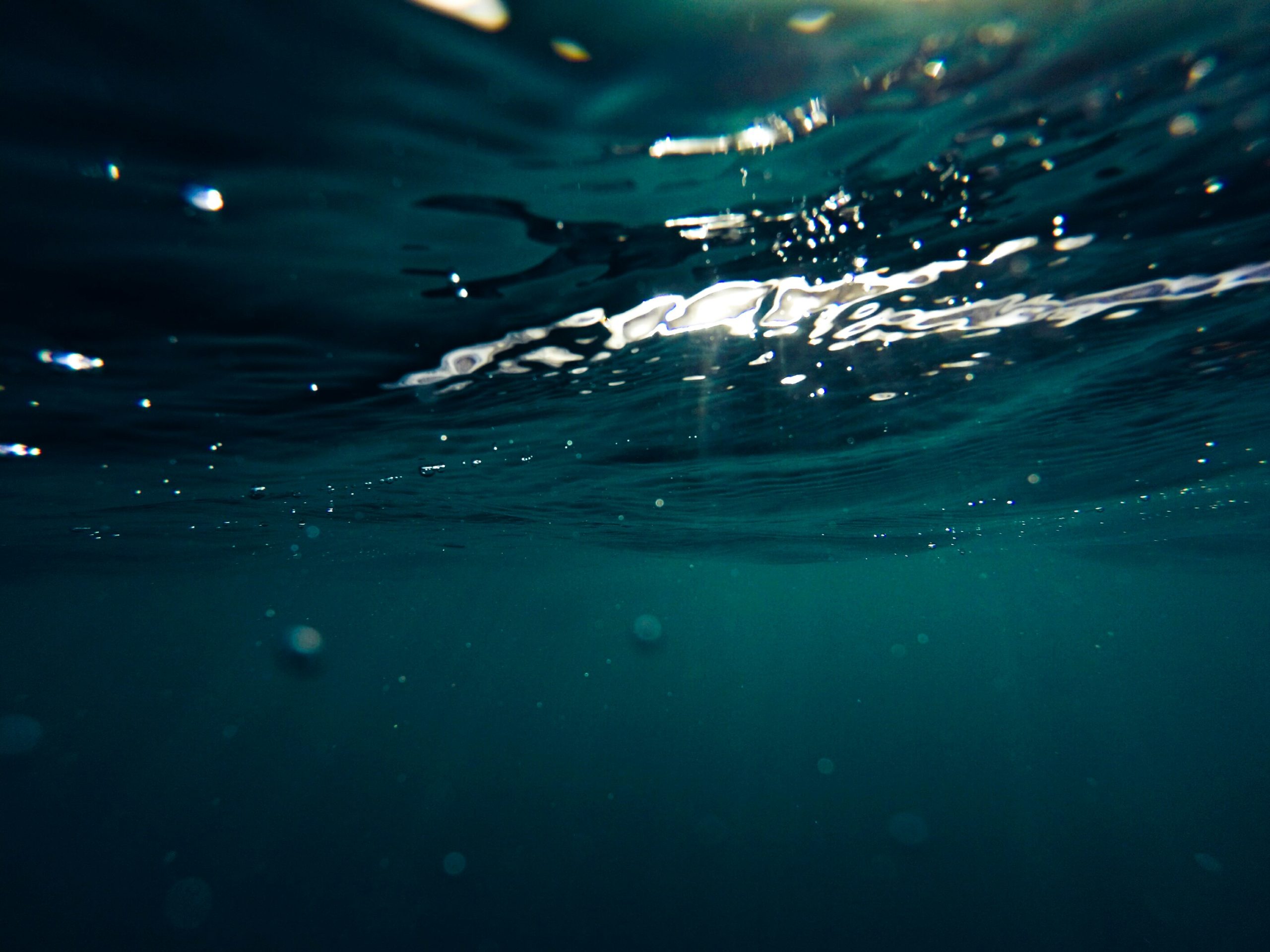The ocean has gained attention not only for its role in climate regulation but also as a potential frontier for sustainable economic growth. Among the more intriguing approaches emerging is ocean iron fertilization (OIF). It is a climate repair technique that involves using natural iron dust to stimulate phytoplankton growth. While this process is often discussed in the context of carbon removal, it has another compelling upside when applied correctly: revitalizing marine ecosystems and benefiting the fishing industry.
What is Ocean Iron Fertilization?
Iron is a vital nutrient for phytoplankton, the microscopic algae that form the base of the marine food chain. In many areas of the ocean, iron is a limiting factor. This means that there’s plenty of sunlight and nutrients, but not enough iron to fuel phytoplankton to grow.
By adding iron to these iron-depleted areas in high-seas, scientists can trigger phytoplankton to photosynthesize which creates an algae bloom. Here, carbon dioxide is removed from the atmosphere and turned into oxygen and biomass. Plankton in fact is reponsible for nearly 50% of the oxygen we breath. After this, the bloom naturally dies. For carbon removal to happen, the algae must sink or be eaten by zoo-plankton, whose feces and carcasses fall to depth (called marine snow).
But while the climate benefits have drawn much attention, the ecological and economic impacts, especially for fisheries, deserve equal spotlight.
The fishing industry’s hidden ally
Here’s how OIF could benefit fisheries worldwide:
1. Supercharging the base of the food web
Phytoplankton are the ocean’s equivalent of grasslands. They feed everything from zooplankton to whales. Hence, more plankton means more food for small fish like anchovies and sardines, which in turn support larger fish, seabirds, and marine mammals. This cascading effect can support healthy fish populations over time, especially in regions that are currently nutrient depleted.
2. Rebuilding overfished stocks
Some fish populations have struggled to recover due to poor plankton availability. OIF could help restore conditions that allow juvenile fish to survive and thrive, potentially accelerating the recovery of depleted stocks.
In carefully managed regions, this could give fisheries a much-needed buffer which can support sustainable fishery practices without pushing ecosystems to the edge.
3. Regional economic revitalization
Coastal communities that rely heavily on fishing often face economic instability due to changing ocean conditions. If OIF can help stabilize or enhance fish populations in key regions, it could lead to more consistent catches, and increased job security in the fishing sector.
Think of it as a way to make the ocean environment more predictable in a time when climate change is throwing marine ecosystems off balance.
4. Supporting open-ocean mariculture
Open-ocean mariculture, distinct from coastal or freshwater aquaculture, takes place far from sensitive nearshore habitats. It offers promising solutions for scalable seafood production with a lower environmental footprint, reduced risk of eutrophication, and less conflict with coastal ecosystems. By enhancing productivity in nutrient-poor open-ocean regions, OIF may help enable mariculture operations in areas that were previously unviable.
We need to proceed with caution but not ignore the opportunity
Unintended consequences need to be naturally avoided. Harmful algal blooms, oxygen depletion, or shifts in species dominance can be mitigated with careful choice of experiment area and timing.
Ocean iron fertilization can serve both climate and economic goals and is thus worth investigating further. OIF, in particular, presents a rare alignment: a solution that might help lock away carbon and feed more fish.
Final thoughts
For the fishing industry, ocean iron fertilization represents an unexpected but promising ally. While it will never replace smart fishery management, marine protected areas, or sustainable practices, it could become a powerful supplement. It can support the ocean with what we depend on, while contributing to a healthier planet.
As research continues, the industry should stay informed and engaged. After all, in a future where every degree and dollar counts, a bloom of phytoplankton might just be the boost both fish and fishermen need.
***
Sources
Aumont et al. (2008). Impact of ocean fertilization on marine biology, biogeochemistry, and climate. Earth System Dynamics Discussions, 1(1), 1–41.
Gentry et al. (2017). Mapping the global potential for marine aquaculture
Nature Ecology & Evolution, 1(9), 1317–1324. https://doi.org/10.1038/s41559-017-0257-9
Froehlich et al. (2018). Comparative terrestrial feed and land use of an aquaculture-dominant world. PNAS, 115(20), 5295–5300.
Kobayashi et al. (2015). Offshore aquaculture in the Pacific: Potential and challenges. FAO Technical Paper No. 593.
Smetacek & Naqvi (2008). The next generation of iron fertilization experiments in the Southern Ocean Philosophical Transactions of the Royal Society A, 366(1882), 3947–3967.
